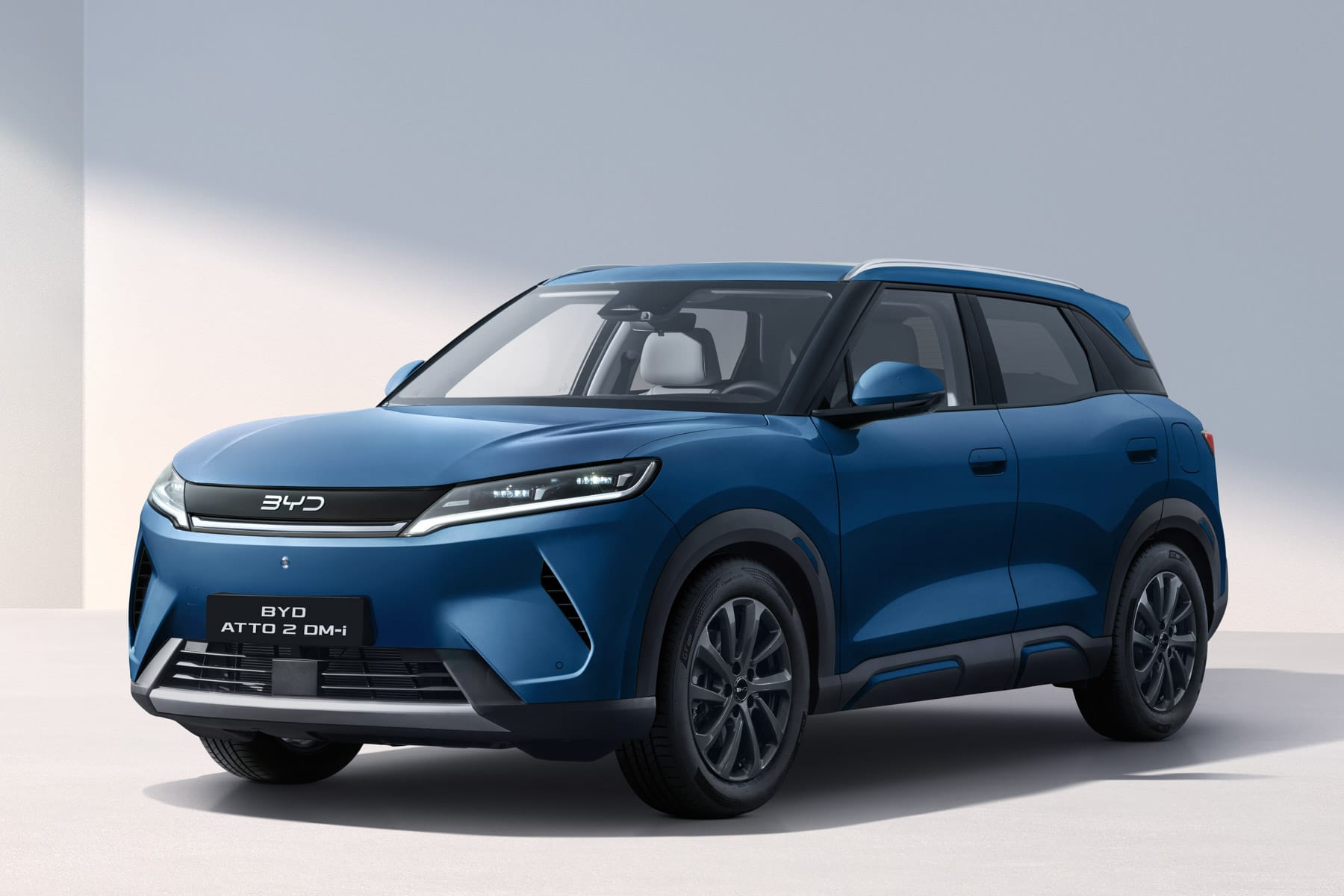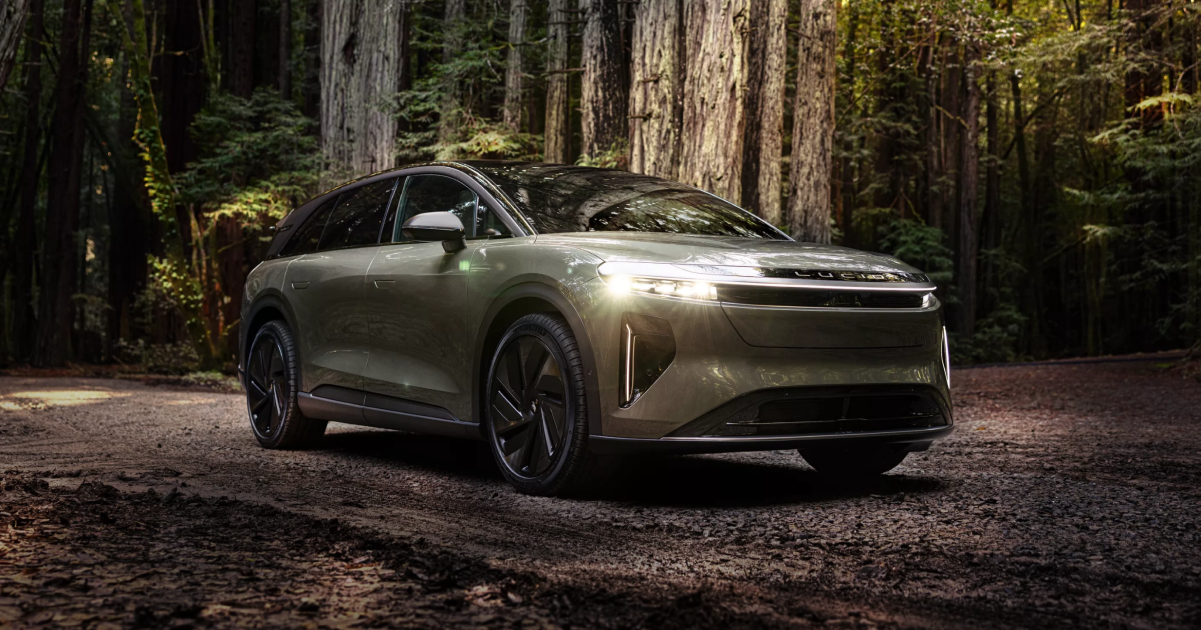A Shift Toward Practical Electrification
Global EV adoption is still increasing, but the momentum has cooled from earlier predictions. Automakers in Europe, China, and the United States are adjusting their strategies accordingly, leaning more heavily on plug-in hybrids as a bridge between traditional powertrains and full battery-electric vehicles. BYD’s latest European launch fits neatly into this trend—and may help the company strengthen its global position.
This week, the Chinese automaker introduced the Atto 2 DM-i, a plug-in hybrid version of the previously electric-only Atto 2. While BYD also announced an expanded battery option for the pure EV variant, the focus in Europe is clearly shifting toward the hybrid model.

Powertrain Details and Technology
For the Atto 2 DM-i, BYD has imported the same DM-i hybrid system used in China’s Qin L and Seal 06 PHEVs. Under the hood sits a 1.5-liter naturally aspirated four-cylinder engine, optimized for high thermal efficiency. This engine works alongside two electric motors, forming a setup that prioritizes electric propulsion in everyday driving.
The architecture is conceptually similar to Honda’s i-MMD system, where the electric motor handles most propulsion duties and the gasoline engine acts primarily as a generator. Like Honda’s design, BYD includes a clutch mechanism that can directly connect the engine to the wheels at higher speeds for improved efficiency.
Output varies by trim:
-
164 hp in the base Active model
-
209 hp in the top-tier Boost version
Visually, the DM-i variant looks nearly identical to the EV model, aside from a new front grille opening designed for cooling.
Battery Options and Range
The Atto 2 DM-i offers two battery sizes: 7.8 kWh and 18 kWh. The larger pack delivers up to 56 miles (90 km) of pure electric range on the WLTP cycle. Combined system range for the Boost trim reaches 620 miles, while BYD cites an impressive 117 mpg equivalent.
These efficiency claims are ambitious, and real-world testing outside China may return more modest results. Even so, the numbers underscore BYD’s emphasis on delivering highly efficient electrified models at accessible prices.
A Strong Value Proposition for Europe
BYD has steadily grown its presence in Europe, largely by offering affordable EVs and hybrids in segments where many established brands have retreated. The Atto 2 DM-i is expected to become one of Europe’s cheapest PHEV SUVs, with early estimates suggesting a starting price near $33,000 (£25,000).
Pricing advantages matter even more because Europe has introduced higher tariffs on imported EVs, squeezing profit margins for Chinese automakers. Plug-in hybrids, however, face much lower tariffs, making them a strategic entry point for brands like BYD and MG as they scale in the region.
Competitive Pressure on Local Automakers
The introduction of lower-cost Chinese PHEVs may put additional pressure on European manufacturers. Brands such as Ford have significantly reduced their small-car lineups, leaving large gaps for value-oriented buyers. BYD is stepping into that space with speed and precision, delivering products suited to local demand—whether that means a compact PHEV SUV for Europe, a miniature EV for Japan, or potentially a large SUV if BYD ever enters the U.S. market.

A More Tactical BYD
BYD’s recent moves indicate a deliberate shift toward localized development and strategic powertrain offerings. By tailoring models to each market’s regulatory, economic, and customer needs, the company is positioning itself as a highly adaptable global competitor. The Atto 2 DM-i serves as a clear example of how BYD plans to grow its international footprint—not just through EVs, but through the right mix of hybrid and electric technologies.
Recommend Reading: How BYD Is Accelerating Its Expansion Across Europe








Partager:
Mercedes Introduces Long-Range CLA EV With Competitive U.S. Pricing
BMW Reportedly Considering Range-Extending Gas Engines for Large EVs